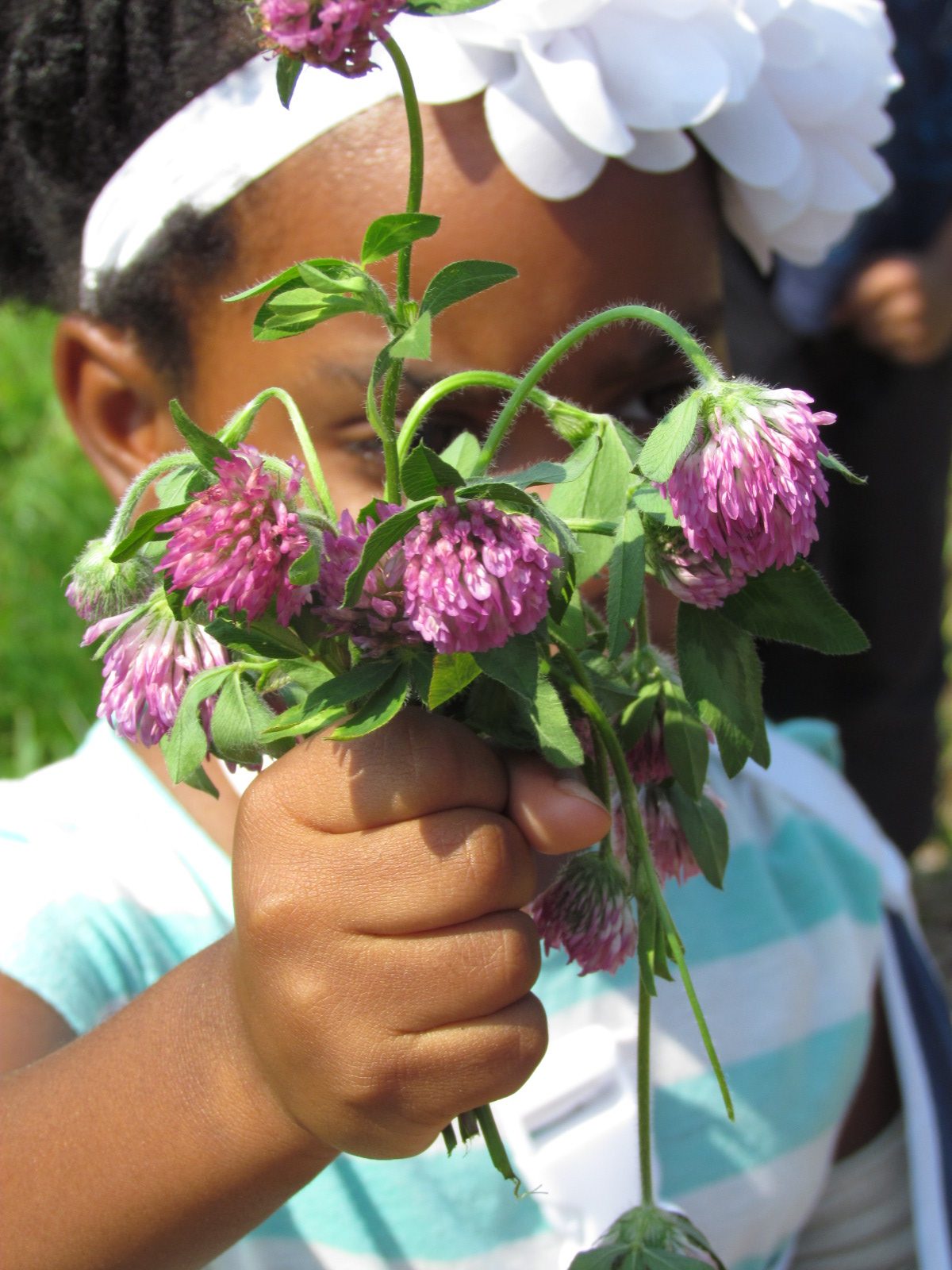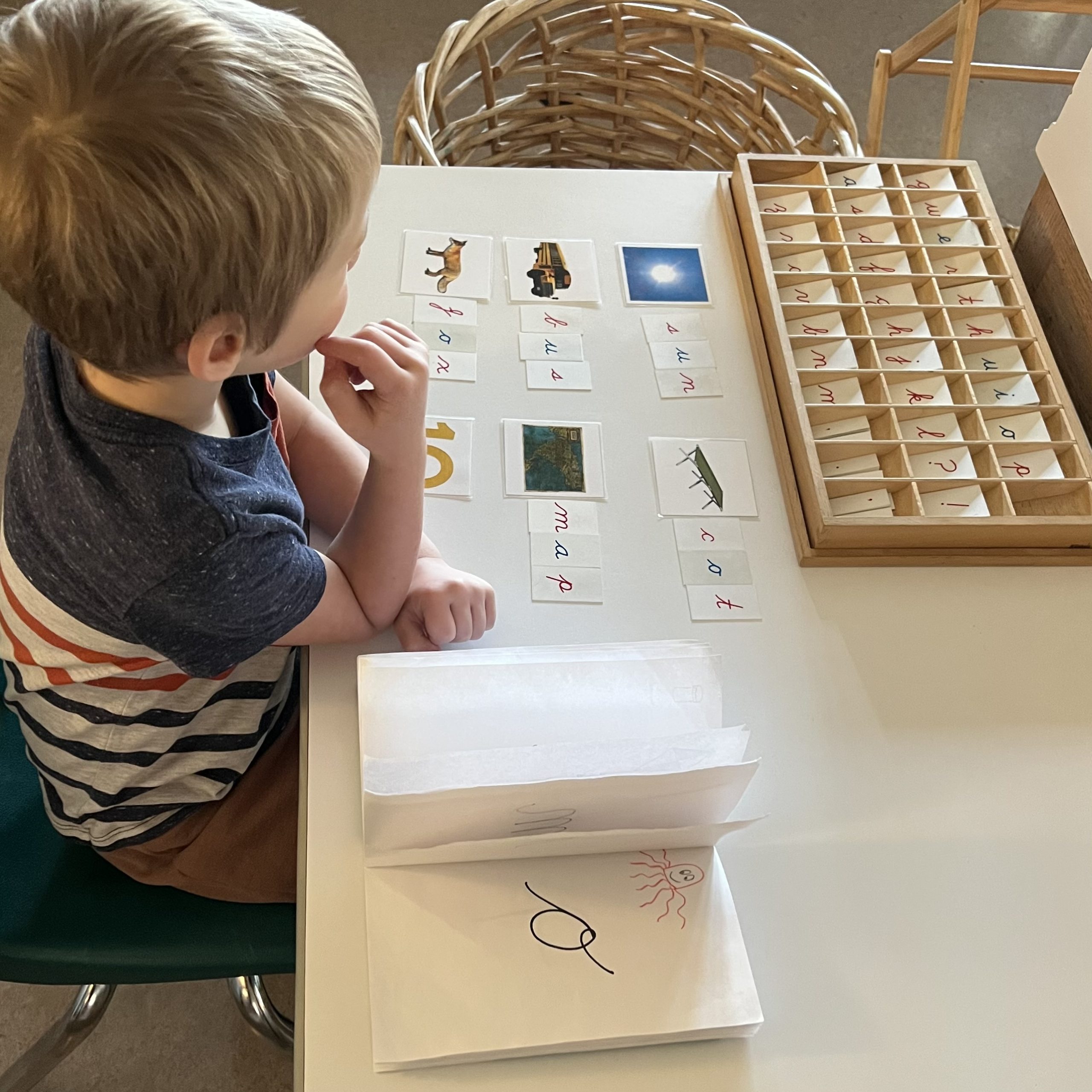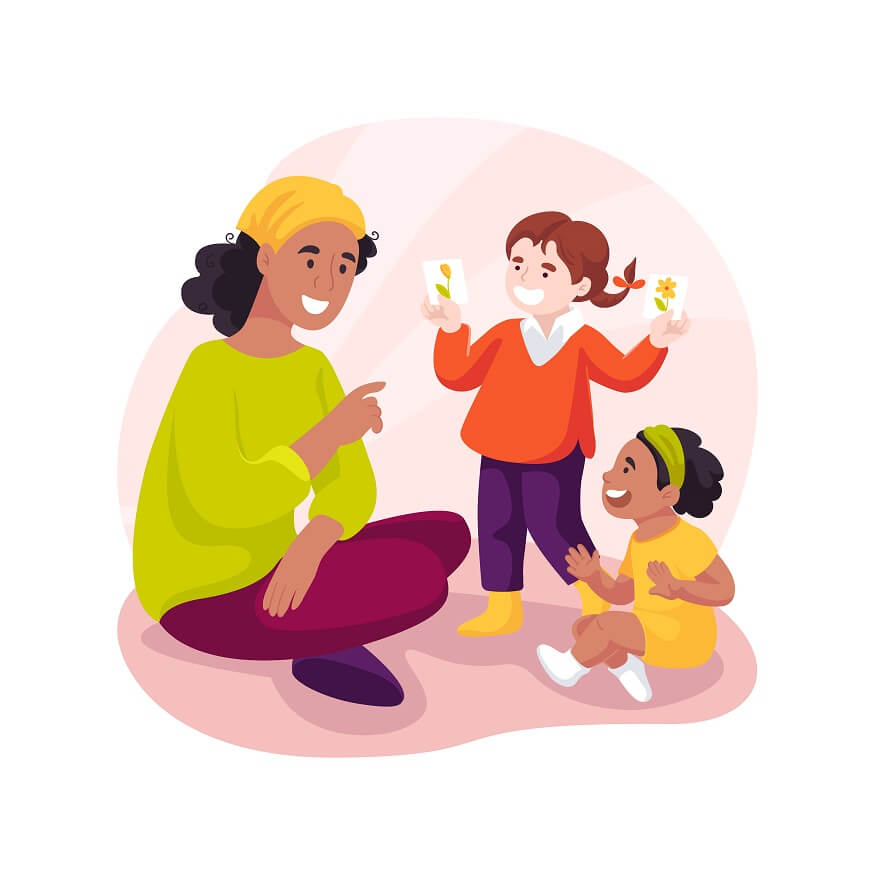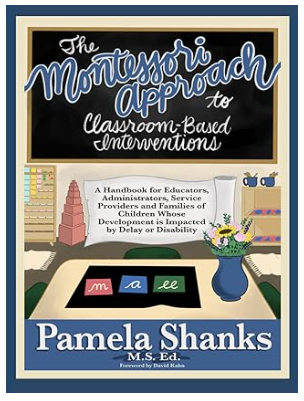1. Quiet and Peacefulness Essential
Montessori called the classroom a “children’s house,” a warm and inviting place scaled to the child’s size. Our job is to protect and nurture this special place. Please help us by….
- Being quiet when you enter Raintree. Noise in the hallway distracts children who are working and awakens children who are sleeping in the afternoon. Please help us follow the same guidelines the children follow during the day by being quiet in the hall.
- Giving your full attention to your child, and if necessary, hold her hand as you leave the building. During drop-off and pick-up, do not talk on your cell phone, or have long conversations with other parents. Little children know when adults are distracted and will do things they normally would not do to get attention.
- Keeping siblings with you during pick-up time. Remember, only a few feet away is a busy parking lot.
- Not allowing your child to run ahead. Safety first at arrival and departure. Children who run away from parents, or are allowed to return to the classroom are looking for boundaries. When this happens, just scoop your child up and say, “It’s time to go!”
2. Waiting Outside The Classroom
When you are working on a project, do you like to be interrupted? It is much the same for young children. One of the greatest gifts we can give children is time and a place to concentrate. If one can concentrate, one can learn, so we protect the toddlers and primary children from interruptions. A Montessori classroom by design is a busy place as children go about their tasks, but the presence of adults by their mere size can be a distraction causing some to stop what they are doing, especially if those adults are parents. One never knows the great work that is about to unfold. If a child is distracted at the “Ah ha” moment, he may not return to that particular work that day, or at all. This is why we ask parents to wait patiently at the door. But take heart. One of the wonderful things children learn in a Montessori school is how to serve a guest. Watch the classroom newsletter for the announcement that your child’s class is ready to accept visitors, and sign up to be a guest. There is nothing more fun, and you never know, you might just have an “Ah ha” moment of your own.
3. Every Move You Make, Every Breath You Take…
Young children derive their security from order, routine and the consistency of the adults in their lives. When a child starts attending a new school, it is common for him to react to the transition, often with tears. Some children cry right away while others wait for a few weeks. If you are a parent of a child who is crying when you leave, have faith. All will be well.
Keep in mind that we adults are key to how our children feel about change, and small, seemingly insignificant things can affect the process. Years ago when I was teaching I had a student who was experiencing separation difficulties. When the mother brought the child, she rarely cried, but when her father dropped her off, the flood gates opened. But why? The dad appeared to be doing everything right. He didn’t linger. He gave a sweet hug and a brief goodbye, but the tone of his voice as he said, “Goodbye Kelsey” sounded as if he were saying, “Oh, no, you’re going to start crying aren’t you?” Sometimes the issue isn’t the child’s, but ours.
We adults send nonverbal signals young children read more easily and quickly than the words we say. They also know all the buttons to push because they have installed many of them. Having a mission can sometimes build a bridge from home to school. Some ways to do that are:
- Sending food for the class pet, or flowers for the snack table.
- Sending a breakfast item to eat at the snack table before work time begins.
- Bringing something from nature such as a beautiful fall leaf to distract the child from the emotion of transition.
But you are key to a successful transition, too. The most important thing you can do is relax and trust us. When you are relaxed and confident, your child will be too, and before you know it, life will be good.







